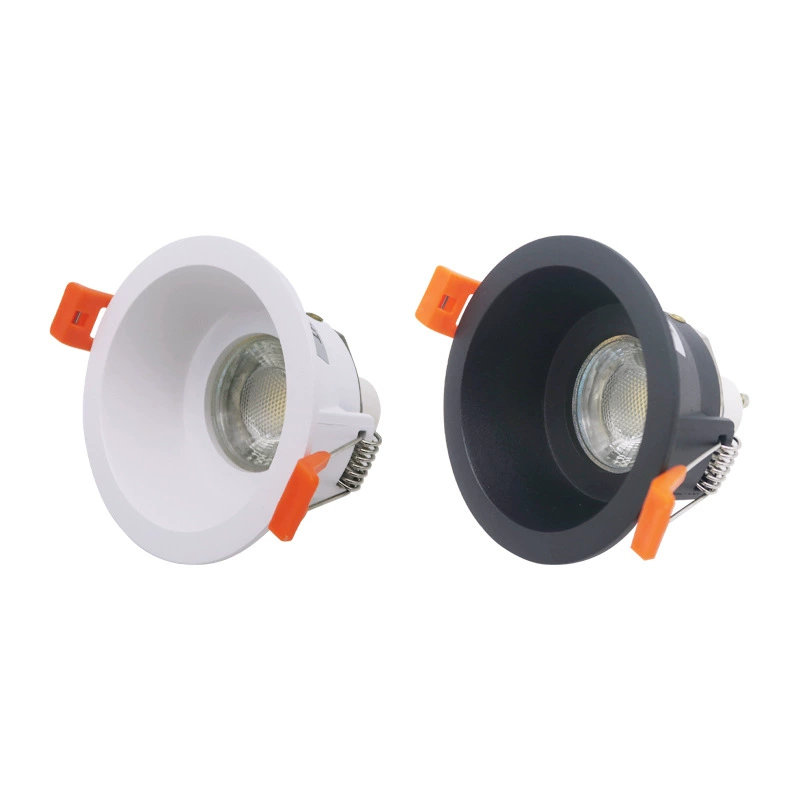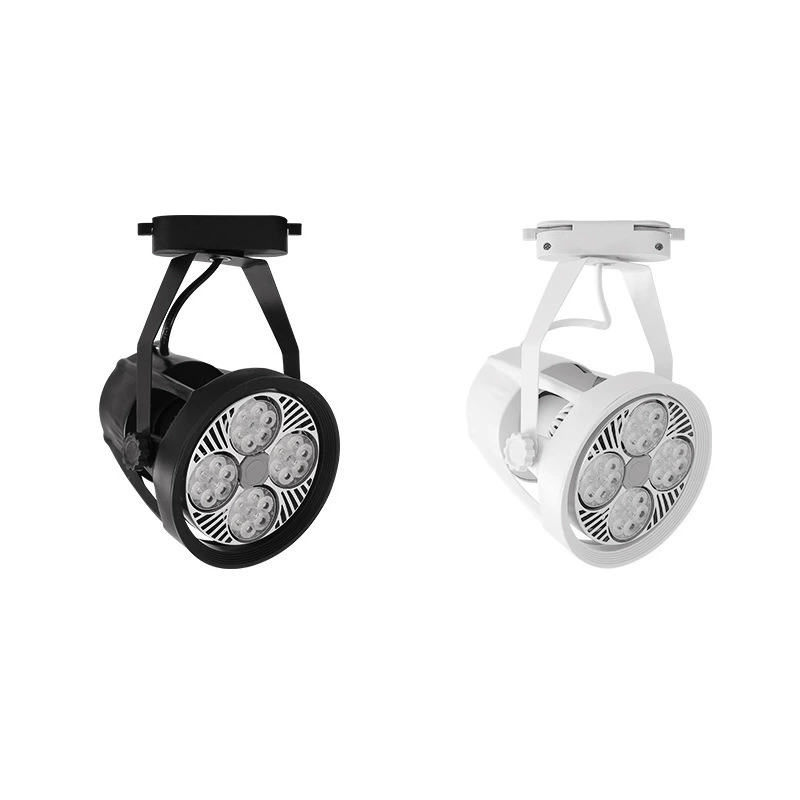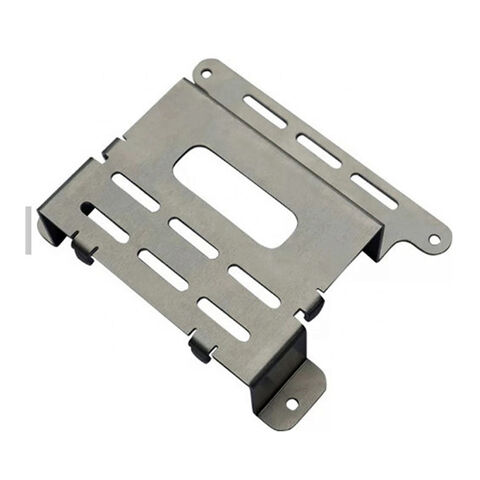Designing a sheet metal part is crucial for various engineering and manufacturing processes. Poor design can lead to increased production costs, material wastage, and assembly issues. In contrast, effective design ensures cost-efficiency, functionality, and ease of manufacturing.

Sheet metal design involves creating parts from thin, flat pieces of metal, which are then cut, bent, or shaped into various forms. This process is widely used in the automotive, aerospace, electronics, and construction industries.
This article will guide engineers, production managers, and buyers through the functions, materials and essential tips for designing a sheet metal part.
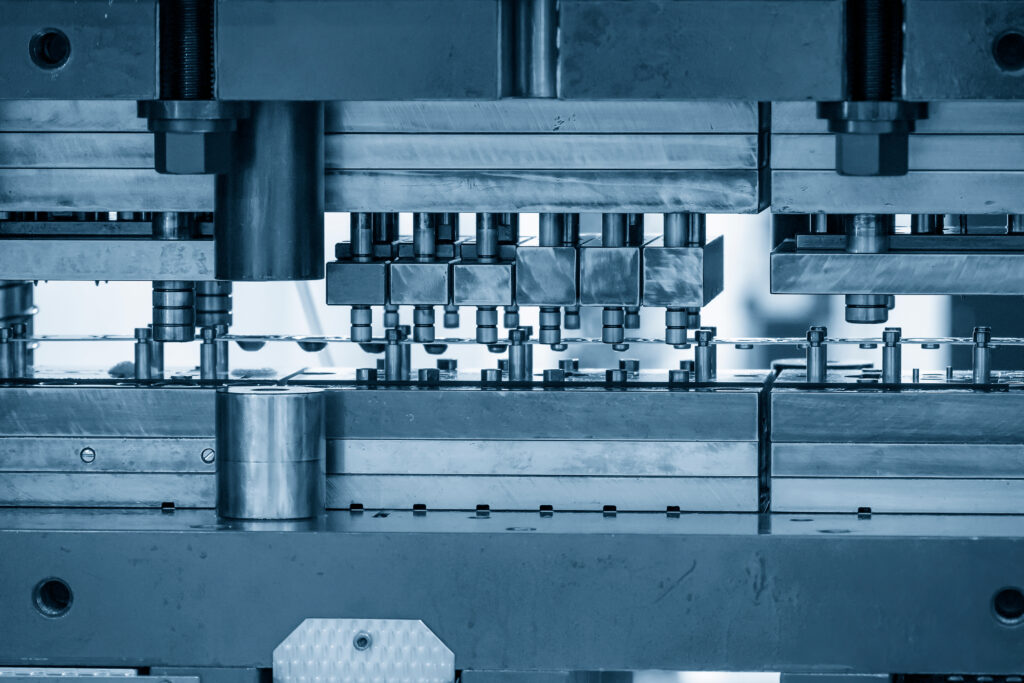
What Materials Are Commonly Used?
Steel: Known for its strength and durability. Various types of steel, such as stainless steel, galvanized steel, and carbon steel, offer different properties for specific applications.
Aluminum: Valued for its lightweight and corrosion resistance. It is easy to work with and ideal for applications requiring a high strength-to-weight ratio.
Copper: Used for its excellent electrical conductivity and thermal properties. It is often utilized in electrical and heat exchange applications.
Where is Sheet Metal Used?
Sheet metal is a versatile material used in various applications across various industries.
Automotive Industry: Manufacturing car bodies, panels, and structural components. Sheet metal produces lightweight, durable, and safe vehicle structures.
Aerospace Industry: Creating aircraft skins, wings, and fuselages. The aerospace industry demands high precision and lightweight materials.
Electronics: Producing enclosures, chassis, and brackets for electronic devices.
Construction: Building roofing, HVAC systems, and architectural elements.

When to Consider Sheet Metal Design?
Consider sheet metal design in the following scenarios:
Prototyping and Custom Parts: Ideal for producing prototypes and custom-designed parts due to its flexibility and ease of fabrication. Sheet metal allows for rapid iteration and testing, making it suitable for developing new products and refining designs.
High-Volume Production: Suitable for mass production with consistent quality and precision. Once a design is finalized, sheet metal processes can efficiently produce large parts.
Durability Requirements: When the end product needs to withstand harsh environments, sheet metal provides the necessary strength and resilience—applications requiring corrosion resistance, high strength-to-weight ratio, and impact resistance benefit from sheet metal design.
Cost Constraints: Sheet metal’s ability to be easily formed, cut, and assembled reduces labour and material costs, making it an economical choice for various applications.
Why is Effective Sheet Metal Design Important?
Effective sheet metal design is essential for several reasons:
Cost Efficiency: Reducing material waste and optimizing manufacturing lowers production costs. Manufacturers can save significantly by designing parts that maximize material usage and minimize scrap.
Functionality: Ensures the part performs as intended, meeting the required specifications and standards. A well-designed part will fit and function correctly, reducing the need for rework and adjustments.
Manufacturability: Simplifies the fabrication process, minimizing errors and production time. Design features such as proper bend radii, hole sizes, and tolerances ensure that parts can be easily manufactured and assembled.
Sustainability: Promotes the use of recyclable materials and efficient resource utilization. Manufacturers can reduce their environmental impact by choosing recyclable materials and designing for minimal waste.
Quality Control: Effective design facilitates quality control by ensuring consistent part production. Features such as inspection holes, alignment tabs, and reference points can aid in maintaining quality throughout the manufacturing process.

How to Effectively Design a Sheet Metal Part?
The following ten tips and considerations can help us design a sheet metal part effectively to ensure the final product is functional, manufacturable, and cost-effective.
1. Understand Material Properties:
Select the suitable material based on the required strength, weight, and corrosion resistance. Different materials offer various properties that can affect the design and performance of the final part.
Consider material thickness: Thicker materials provide more strength but may be harder to bend and shape.
2. Design for Manufacturability:
Minimize complex features: Simplify the design to reduce fabrication time and costs. Avoid intricate details that may require specialized tooling or additional processing steps.
3. Optimize Bending and Forming:
Account for bend allowances: Factor in material stretching and compression during bending. Accurate bend allowances ensure the final dimensions are correct after forming.
Avoid sharp corners: Use rounded corners to reduce stress concentration and prevent cracks. Sharp corners can lead to material failure and difficulties in forming processes.
4. Perform Simulation and Testing:
Use CAD software: Create detailed designs and run simulations to identify potential issues. Computer-aided design (CAD) tools allow for the virtual testing of parts, reducing the need for physical prototypes.
5. Consider the Grain Direction:
Understand grain direction: The grain direction of the sheet metal can affect its bending properties and overall strength. Design parts to account for the grain direction to prevent cracking and ensure uniform strength.
6. Use Standard Tooling When Possible:
Leverage standard tooling: Designing parts with standard tooling can reduce costs and lead times. Custom tooling can be expensive and time-consuming to produce.
7. Factor in Springback:
Account for spring back: When bending sheet metal, the material tends to spring back slightly after forming. Adjust the bend angles for the spring back and achieve the desired final shape.
8. Incorporate Embossing and Debossing:
Use embossing and debossing: These techniques can add stiffness and strength to sheet metal parts without adding weight. They can also be used for decorative purposes or to add functional features such as logos or identification marks.
9. Address Thermal Considerations:
Consider thermal effects: Sheet metal parts can expand and contract with temperature changes—design parts to accommodate thermal expansion and avoid warping or misalignment.
10. Evaluate Surface Finish Requirements:
Specify surface finish: The surface finish of sheet metal parts can affect their appearance, corrosion resistance, and functionality. Specify the required surface finish based on the application and environmental conditions.
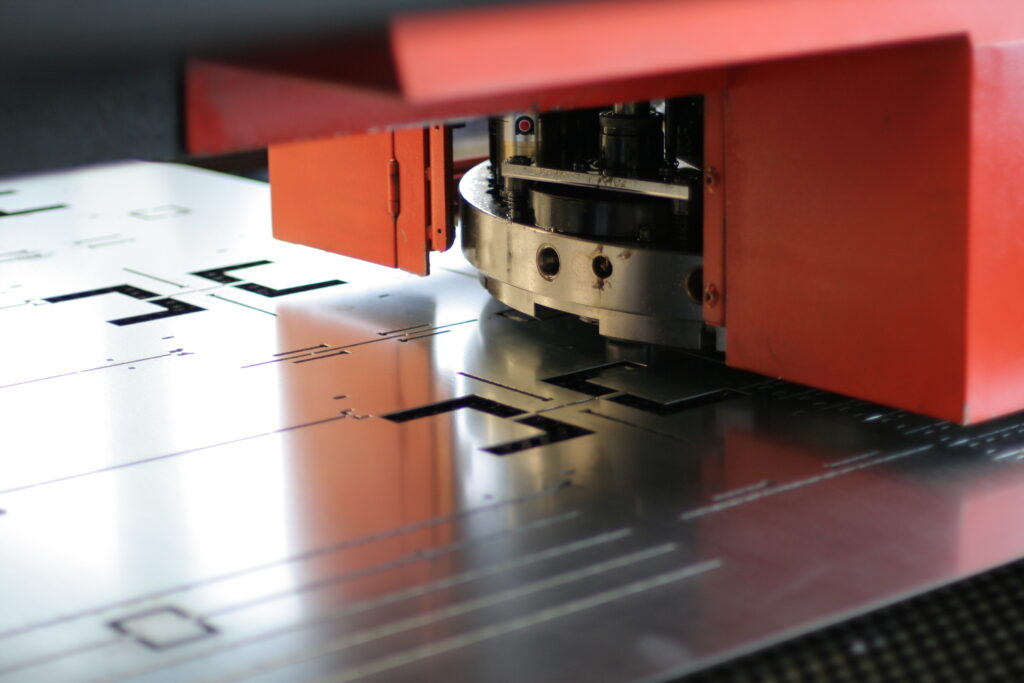
Summary:
Designing a sheet metal part requires careful consideration of material properties, manufacturability, bending and forming processes, and assembly methods.
Engineers, production managers, and buyers can create efficient, cost-effective, and high-quality sheet metal parts by following these tips. Effective design ensures functionality and durability and enhances production efficiency and sustainability.





